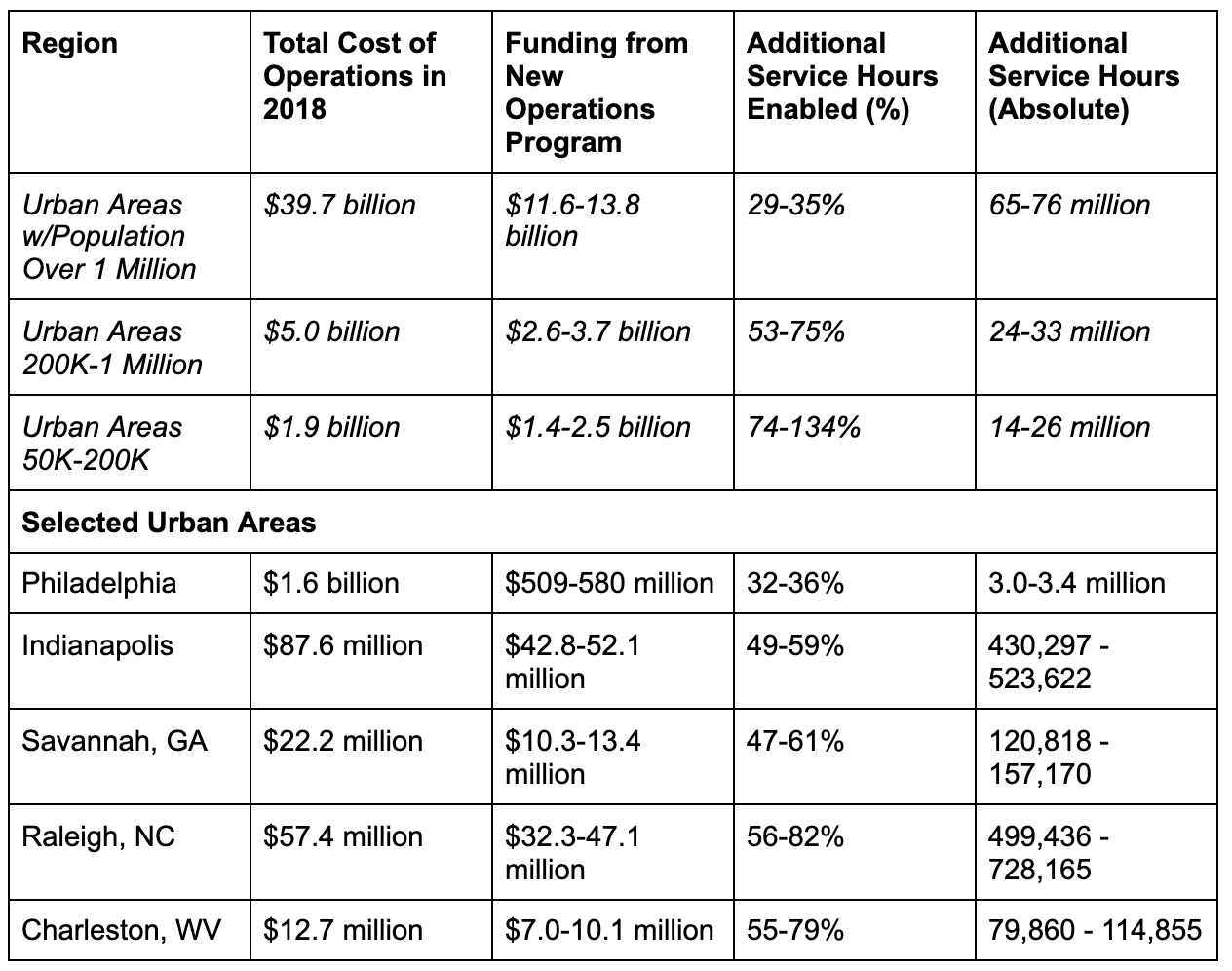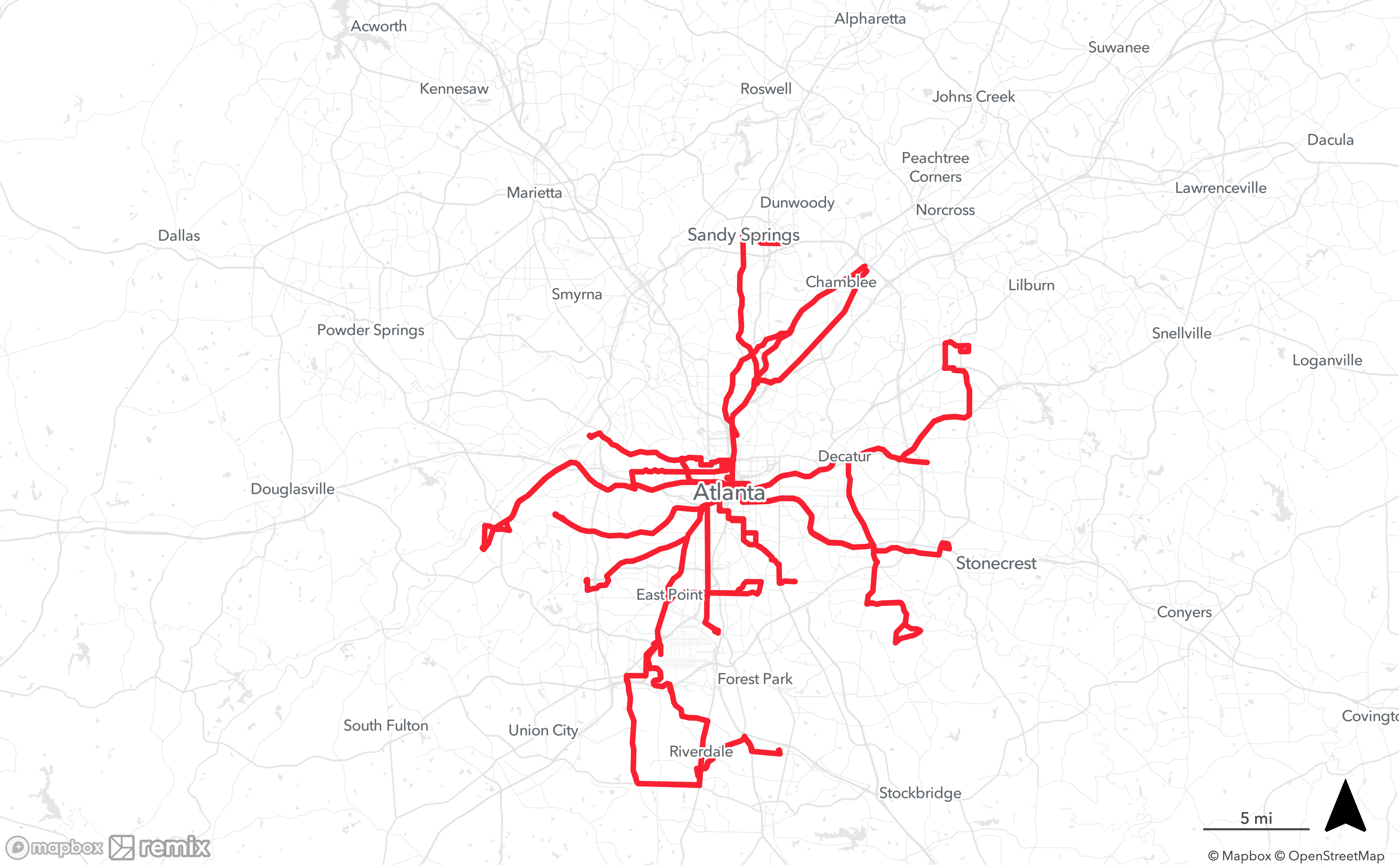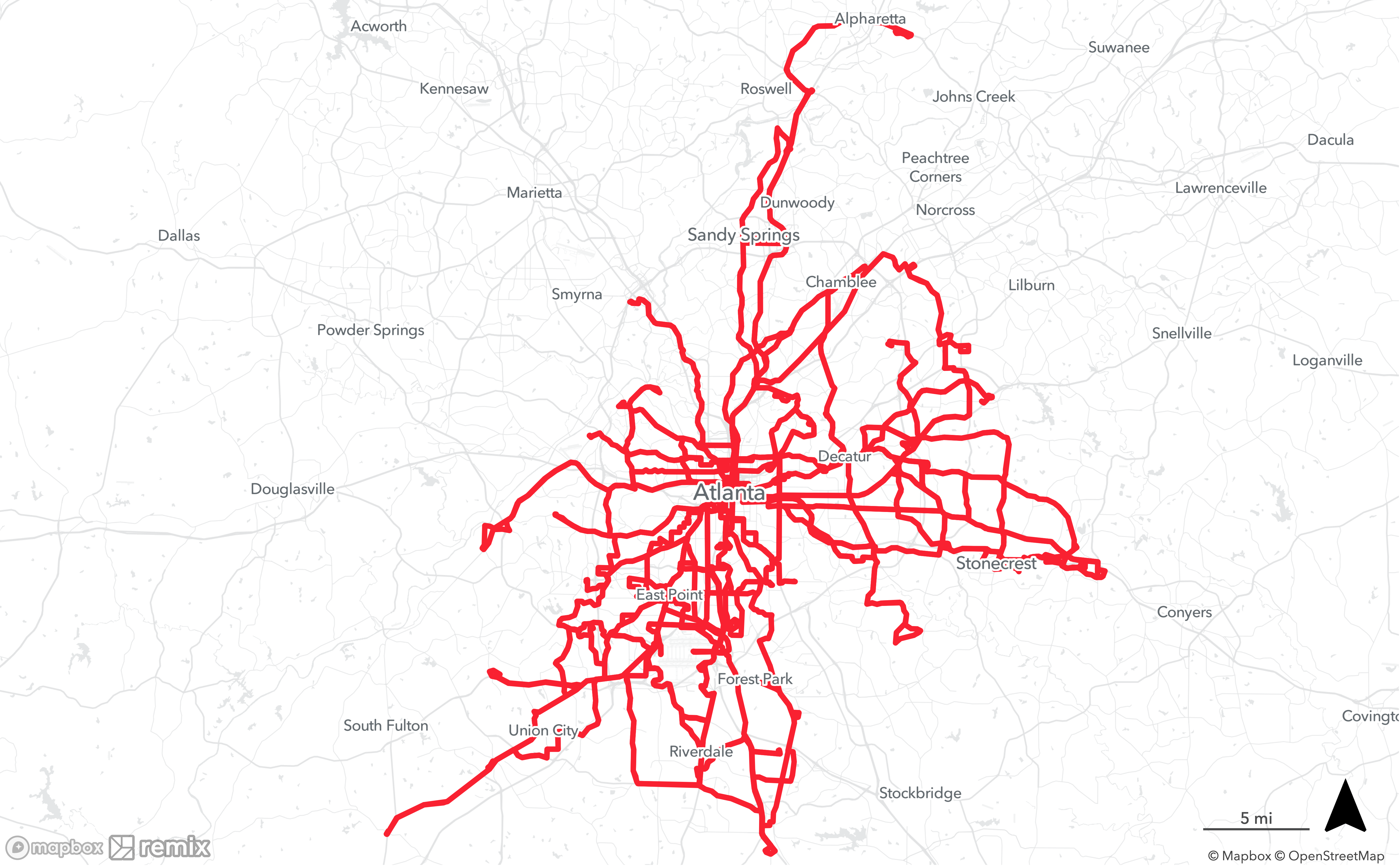Editor's note: This article originally appeared on Transit Center and is republished with permission.
On March 13, 2020, at the onset of the pandemic, the Federal Transit Administration responded to the emergency by enabling transit agencies to spend federal funds to run buses and trains. It was a break with longstanding policy.


Normally, federal grants are reserved for capital projects like maintaining track, buying vehicles, or building new lines. But faced with plummeting revenues and the imperative to connect essential workers to their jobs, it was obvious: Transit agencies needed that money to run service.
As Holly McCoy, whose family relies on transit to get to work and school in Durham, NC, put it: “Transit is a necessity for people to live––just like food, water, electricity, or clothes.” Tracks, trains, and buses wouldn’t do much good if agencies couldn’t afford to pay people to operate them and riders were left stranded.
It took the clarifying urgency of a severe pandemic to make transit service a national funding priority. In addition to the FTA’s emergency program, three COVID relief bills helped transit agencies keep service running.
But the need to invigorate American transit service predated the pandemic. And after the pandemic recedes, a federal program to support transit service could yield immense dividends.
In most American cities, the fundamental shortcoming of transit is its sheer scarcity. Buses and trains simply don’t come often enough or connect enough places to be a reliable transportation option. More abundant service promises to unlock economic opportunity for people with low incomes, improve mobility for Black and brown residents who rely on transit the most, and reduce carbon emissions. The current federal transportation policy regime, however, has done little to change the scarcity of transit service.
For most transit agencies, federal grants are available for transit maintenance, upgrades, and expansion — not service. Nor do the current formulas to distribute federal transit funding incentivize agencies to provide equitable service, or the kind of frequent, all-day, every-day service that builds ridership.
To be clear, federal support is a critical component of agencies’ capital budgets that, in the hands of a capable steward, keeps transit systems in good working condition and enhances reliability, accessibility, speed, and capacity. But the lack of emphasis on the service itself is a flaw in the federal program.
Many agencies have chased federal matching funds for costly new transit lines only to let their core services stagnate. In cities like Denver and Los Angeles, massive expansion of physical transit infrastructure has not translated to better service for most riders, and ridership was in decline even before COVID struck.
If transit service remains too sparse to conveniently connect people to where they want to go, it will frustrate and repel riders, no matter how many new lines debut. The fastest way to deliver better transit networks, improve the experience of current riders, and increase ridership, is a large increase in transit service.
How a Federal Program to Increase Transit Service Could Work
Last year, TransitCenter, Transportation for America, and Data for Progress recommended $20 billion in annual federal support for transit service to augment local funding. (We also recommended expanding and reforming federal programs for transit capital grants.) A recent analysis from the Urban Institute suggests that this would be more than enough to bring transit service in every U.S. urban area up to the level in the Chicago region.
Beyond the topline number, how might a federal program to fund transit service be structured? What difference would it make for transit riders?
In this spreadsheet, we provide a new breakdown of how a $20 billion program for transit service could be distributed. The proposal is summarized below:

We offer a range of estimates based on how closely the program follows formulas in other federal funding programs. But in all scenarios, smaller regions (where service is currently scarcest) would receive the largest proportional gain in service, while bigger regions (where more people ride transit) would receive the largest absolute gain in service. The formulas we suggest are described in the spreadsheet.
These calculations assume that new operating assistance comes on top of current funding levels, and that state and local governments don’t respond to additional federal assistance by cutting their own support.
The 2008-09 stimulus law attempted to prevent this type of response through “maintenance of effort” provisions applied to multiple grant programs. A Government Accountability Office review of these provisions found that many of the transportation provisions were difficult to track and enforce. By contrast, the law’s education provisions — which essentially said that states had to certify that they were supporting education at levels equivalent to what they spent in 2006 — were simpler to comply with. Requiring some amount of local match (most federal transportation programs require a 20% local match; some operating assistance provided to small transit agencies requires a 50% match) is another typical approach.
The Impact for Riders
A $20 billion annual program for transit service would transform public transit in America. In cities all over the nation, people could get to more places in less time using transit. Jobs, schools, and other daily destinations that previously took too long to reach would become accessible. People would feel less strain on household budgets as their transportation costs shrink. They would have more time to spend with their families as time spent commuting falls.
For many cities, the increase in service would work out to about 40%, which is the change we modeled with Remix to assess the benefits of a federal program for transit service to specific cities. This video illustrates the impact in Atlanta, Cleveland, and Denver:
In Atlanta, a 40% gain in service could vastly improve access to transit that arrives at least every 15 minutes, all day, seven days a week. In some parts of the city, that would increase the number of jobs reachable within 30 minutes on transit by a factor of eight.


In city after city, a federal program to support transit service could yield similar benefits. Instead of cutting people off from opportunity, condemning households to struggle with high transportation costs, and overheating the planet, our transportation systems can advance economic fairness, racial equity, and climate action. To achieve that transformation we’ll need to run more transit service.






